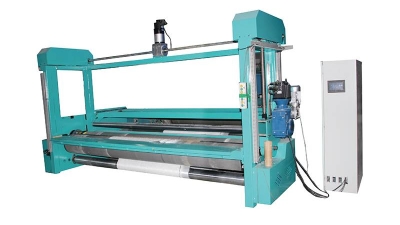How to Optimize Your Production Line Efficiency with a Multifunction Batching Device
Table of Contents
- Understanding the Role of Multifunction Batching Devices in Modern Production Lines
- Key Performance Indicators for Measuring Production Line Efficiency Gains
- Integrating Advanced Technology: IoT and Automation in Batching Processes
- Real-World Case Studies: How Companies Improved Efficiency by 30% with Batching Devices
- Best Practices for Implementing a Multifunction Batching Device in Your Facility
- Overcoming Challenges: Common Pitfalls in Production Line Optimization and Solutions
- Maximize Efficiency in Your Kitchen: Discover the LB Multi-function Large Batching Device
- FAQS
- Conclusion
- Related Posts
In today’s fast-moving world of manufacturing, staying on top of production line efficiency is more important than ever for businesses that wanna keep their edge. Here at DANYANG YIXUN MACHINERY CO., LTD, we totally get that the secret to getting that efficiency is all about having innovative equipment that fits your specific needs.
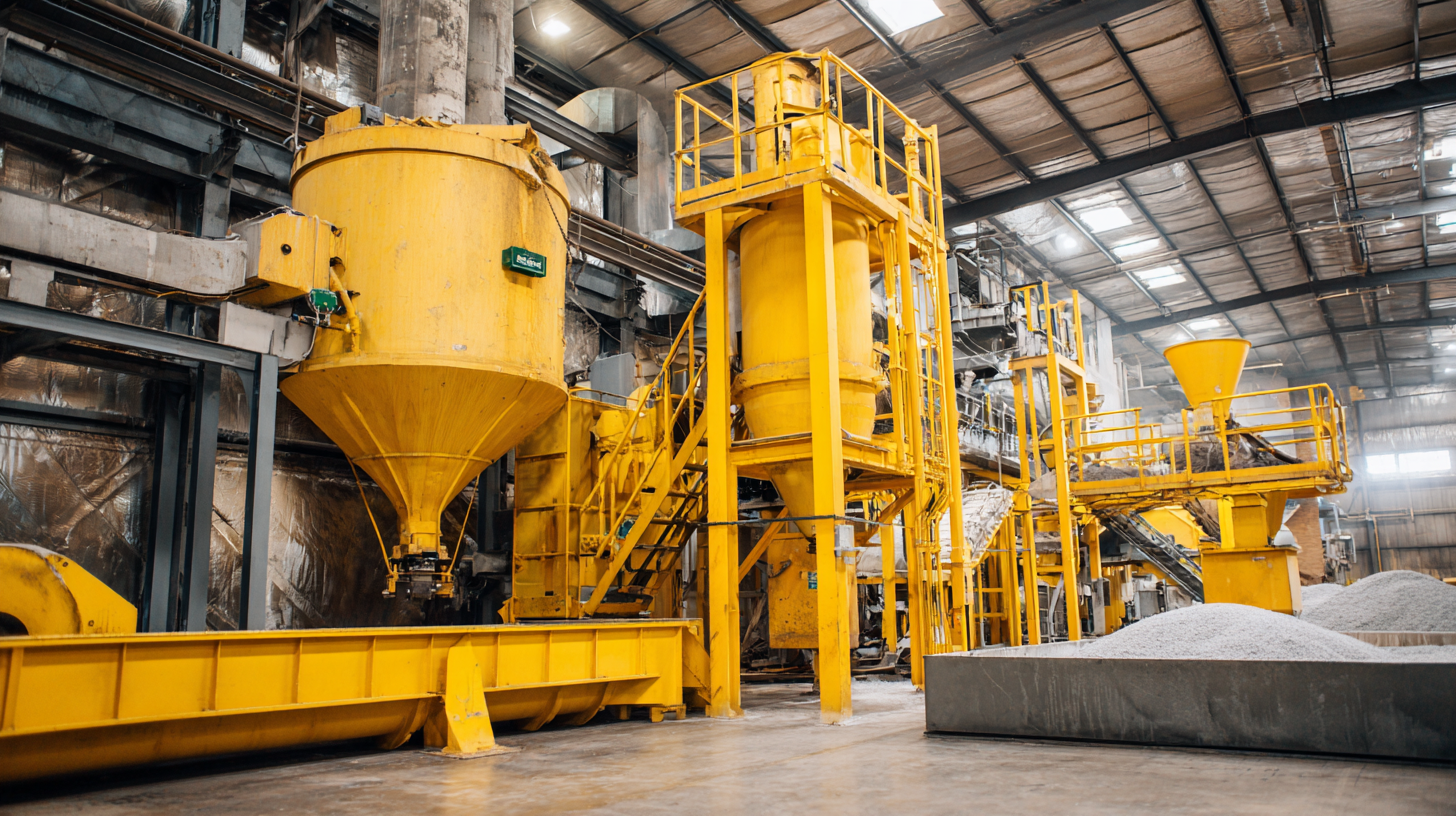
Among the many options out there, the Multifunction Batching Device really stands out — it’s a pretty versatile gadget that can make your operations smoother, cut down on waste, and bump up productivity. In this blog, I’ll show you how bringing a Multifunction Batching Device into your setup can totally change the game, especially when you’re dealing with our specialized machines like multiaxial or biaxial warp knitting machines and stitch bonding equipment.
When manufacturers add these advanced batching features, they get way more flexibility, which means cranking out more products and ultimately crushing the competition in the textile world.
Understanding the Role of Multifunction Batching Devices in Modern Production Lines
In today’s fast-moving manufacturing world, boosting production line efficiency isn’t just a luxury — it’s absolutely essential if you want to stay ahead of the game. That’s where multifunction batching devices come into play. These all-in-one machines are really changing the game across different industries, making operations smoother and less cluttered.
They can handle a bunch of tasks, like mixing, weighing, and dispensing — all in one go — so you don’t need a bunch of separate pieces of equipment cluttering up your space. By combining multiple functions into a single device, factories can cut down on downtime and get work done much more efficiently.
You know, these multifunction batching devices aren’t just convenient — they’re a total game changer when it comes to modern production lines. They make things simpler, but they also help keep product quality consistent and precise.
Thanks to advanced controls, you can keep an eye on everything in real-time and make quick adjustments if needed, which keeps things running smoothly. Plus, they make it pretty easy to adapt to changing production needs without having to tear everything apart and start from scratch, saving money and giving a real boost to output.
In today’s world, where being agile and dependable is key, these devices are pretty much indispensable for hitting those operational goals and staying competitive.
Key Performance Indicators for Measuring Production Line Efficiency Gains
In today’s pretty competitive world of manufacturing, keeping track of how efficiently your production lines are running is a big deal if you want to stay ahead. KPIs, or Key Performance Indicators, are basically your go-to tools for figuring out how things are going and spotting areas that need a little polish.
For example, one of the most common KPIs is OEE — that’s Overall Equipment Effectiveness. It combines how available your equipment is, how well it performs, and the quality of the output all into one handy number. Checking OEE regularly helps manufacturers spot inefficiencies early on, so they can make smarter decisions and get their operations running smoother.
Then, there’s Cycle Time — that’s just a fancy way of saying how long it takes to produce a batch of products from start to finish. When you cut down on cycle time, not only does your production capacity go up, but you’re also more flexible to respond to market changes. Another important metric is Yield Rate, which measures how many of your products meet quality standards. Tracking this helps you see how effective your production process really is. When you analyze these KPIs together, it gives you great insights — like whether adopting a multifunction batching device might help streamline workflows and boost overall efficiency quite a bit.
Integrating Advanced Technology: IoT and Automation in Batching Processes
In today’s super fast-moving manufacturing world, it’s pretty much impossible to stay competitive without jumping on the latest tech bands, like IoT and automation. I mean, a McKinsey report even said that companies who fully embrace these tools can actually boost their productivity by 20 to 30 percent. That’s a huge deal, especially when you think about multifunction batching machines—these bad boys can really help simplify different tasks and cut down those annoying bottlenecks.
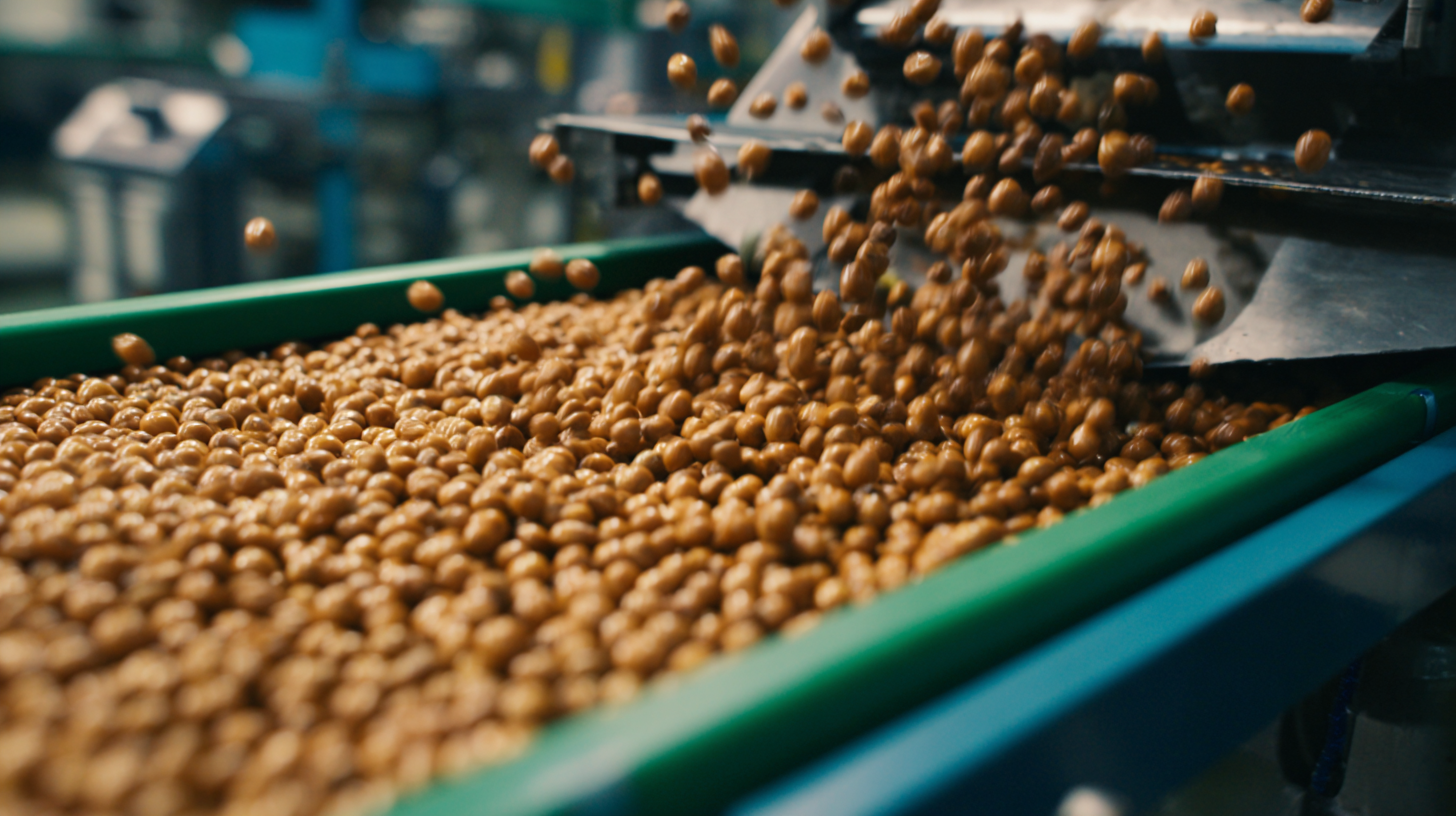
With IoT in the mix, manufacturers get real-time info on how things are running. This data is gold — it helps catch issues early and prevents costly downtime. Deloitte found that factories using IoT saw operational costs drop by up to 10%. Plus, automation does a fantastic job of reducing human mistakes in batching, making things more consistent and accurate. All in all, bringing these techs into play doesn’t just boost efficiency — it also helps manufacturers stay flexible and quick to adapt to what the market throws at them, making better use of resources along the way.
Real-World Case Studies: How Companies Improved Efficiency by 30% with Batching Devices
In today’s super competitive market, getting your production line running as smoothly and efficiently as possible is kinda essential for companies that really want to step up their game. I’ve come across some pretty interesting case studies lately showing how introducing multifunction batching devices can make a real difference. For example, one big food production company saw their efficiency jump by about 30% after they started using a batching device in their process. It helped them get their ingredient measurements right on point, cut down on waste, and keep the quality of their products consistent — which is a huge win.
And then there’s this other story from a pharmaceutical firm that was struggling with really labor-heavy processes. Once they switched to a multifunction batching system, they managed to cut down on manual work. Not only did that speed things up, but it also reduced chances for human mistakes — which, honestly, is a pretty big deal in pharma. Their output skyrocketed by roughly 30% just a few months after they made the switch. Stuff like these real-world stories just go to show how game-changing these batching devices can be across different industries. It’s pretty exciting stuff when you think about how much they can optimize production anyway.
Best Practices for Implementing a Multifunction Batching Device in Your Facility
Adding a multifunction batching device to your production line can seriously boost efficiency — I mean, we're talking real improvements here. According to a report from the International Society for Automation, companies that have jumped on the latest batching tech saw productivity jump by as much as 30%. That’s a huge deal, and it mostly comes down to how these devices can handle complicated mixing tasks automatically, cutting down on manual work and reducing mistakes. But here’s the thing: To really get the most out of it, you’ll want to do a pretty thorough review of your current workflows first. Spot those bottlenecks and see where this new tech can step in and make a difference.
When it comes to actually rolling out a multifunction batching device, some best practices include making sure your staff is well-trained on how everything works — nobody likes feeling left in the dark about new tech. Also, keeping open lines of communication between different departments helps a lot. A study from the Manufacturing Process Improvement Institute pointed out that companies that invest in cross-training their teams saw about a 25% boost in operational flexibility. Oh, and don’t forget to double-check that the new device plays nicely with your existing machines and software. The goal is a smooth, hassle-free transition. If you plan carefully, involve your team, and focus on strategic implementation, you’ll be able to really take advantage of the efficiency benefits of these batching devices, which can lead to steady, long-term growth in your production capacity.
How to Optimize Your Production Line Efficiency with a Multifunction Batching Device
| Dimension | Value |
|---|---|
| Average Batch Time | 3 minutes |
| Operational Efficiency | 90% |
| Error Rate | 2% |
| Production Output | 1000 units/hour |
| Labor Cost Savings | 15% |
| Downtime Reduction | 20% |
| Training Time for Staff | 2 hours |
| Maintenance Frequency | Once a month |
| Energy Consumption | 150 kWh/week |
Overcoming Challenges: Common Pitfalls in Production Line Optimization and Solutions
When it comes to making production lines more efficient, a lot of businesses run into pretty common issues that can really hold things up. One big thing is often forgetting how important proper employee training actually is. Even the coolest, most advanced multibatch machines won’t do much good if the operators aren’t trained well—they need to know how to use them to get the best results. Without proper upfront training, folks might struggle, end up wasting resources, or cause unnecessary downtime. Investing in a solid training program can make a huge difference, helping staff really unlock the full capabilities of their equipment and, in turn, boost overall productivity.
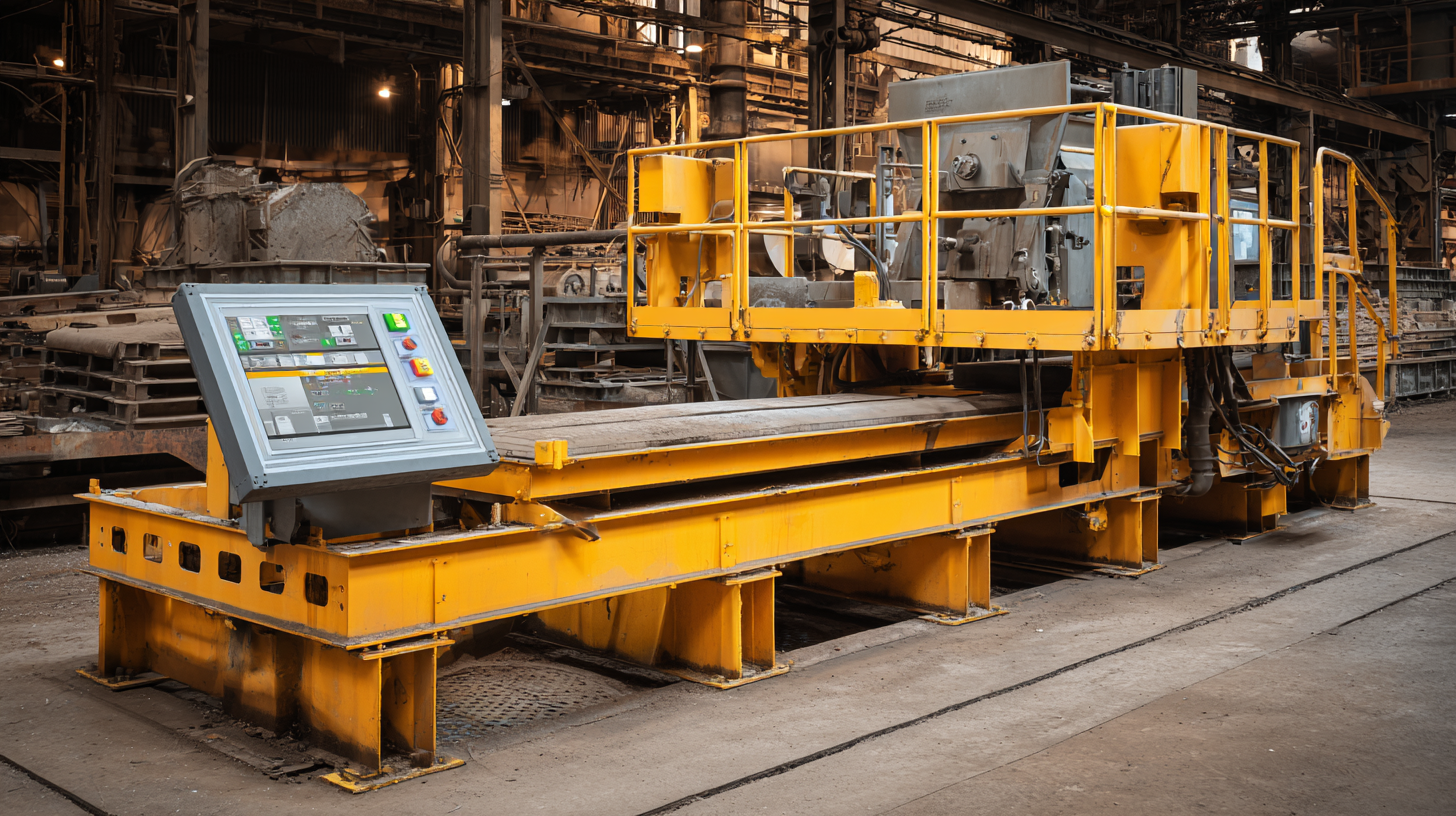
Another regular problem is neglecting ongoing monitoring and maintenance. Machines like batching devices, just like any other equipment, need routine checks to stay in top shape. Skimping on maintenance can lead to sudden breakdowns, which not only delay production but can also be pretty costly to fix. Setting up regular inspections and keeping devices up-to-date isn’t just good practice—it keeps everything running smoothly and prevents headaches down the line. When manufacturers take a proactive approach to these kinds of issues, they can really optimize their processes and create a more efficient, hassle-free production environment.
Maximize Efficiency in Your Kitchen: Discover the LB Multi-function Large Batching Device
In the modern kitchen, efficiency is key, and the LB Multi-function Large Batching Device is designed to enhance your food preparation processes. This innovative machine is not just a typical batching device; it’s a powerhouse that can produce a variety of fabrics including rolling non-woven fabric, stitch bonded fabric, woven cloth, composite mat fabric, and even glass fiber fabric. By streamlining these processes, it allows chefs and food manufacturers to focus on creativity and quality instead of time-consuming tasks.
With a batching outside diameter of w2000mm and an impressive width of w3300m, the LB device optimizes the production flow. Its design features a friction and center one-piece take-up system, which reduces downtime and increases output efficiency. Whether you are in a bustling restaurant kitchen or a large-scale food processing facility, this product serves as a versatile solution that helps keep operations running smoothly.
Moreover, the multi-functionality of the LB device means that it can adapt to various applications, making it a valuable asset in any culinary setting. By incorporating this advanced batching system into your kitchen, you can maximize efficiency, reduce waste, and improve the overall quality of your products, paving the way for a gastronomic experience that truly stands out.
FAQS
: Integrating IoT and automation in batching processes is essential for optimizing production efficiency and can boost productivity by 20-30%, according to McKinsey.
IoT allows manufacturers to gather real-time data on production metrics, which is invaluable for predictive maintenance, minimizing downtime, and reducing operational costs by up to 10%.
Advanced automation minimizes human error, leading to improved consistency and accuracy in batching processes, enhancing overall efficiency.
A leading food production company reported a 30% increase in efficiency after integrating a multifunction batching device that streamlined their ingredient measurement process.
Businesses often overlook the importance of employee training and neglect continuous monitoring and maintenance of production line equipment, which can hinder progress.
Even advanced batching devices require skilled operators; without proper training, staff may struggle to utilize the equipment effectively, leading to wasted resources and downtime.
Regular checks and maintenance are essential for batching devices to prevent unexpected breakdowns and costly repairs, ensuring smooth and efficient operations.
The pharmaceutical company minimized manual handling, which sped up production and reduced the risk of human error, resulting in a 30% boost in overall output shortly after implementation.
Neglecting maintenance can lead to unexpected breakdowns that disrupt the production flow, resulting in inefficiencies and increased costs.
By addressing common pitfalls such as lack of employee training and inadequate maintenance, manufacturers can optimize their processes and enhance productivity in their production environment.
Conclusion
In today’s super busy manufacturing world, keeping production lines running smoothly is more important than ever if you want to stay competitive. That’s where a Multifunction Batching Device really shines — it helps streamline everything, making processes more efficient and boosting overall productivity. When companies get the hang of how these devices work with cutting-edge tech like IoT and automation, they can seriously level up their operations. And don’t forget about KPIs; they’re the best way to see how much improvement you’re actually making. Some real-world stories even show gains of up to 30%, which is pretty impressive.
Of course, jumping into using a Multifunction Batching Device isn't just plug-and-play. It’s smart to follow best practices so you can avoid the usual hiccups when optimizing your production lines. Take DANYANG YIXUN MACHINERY CO., LTD, for example — their experience shows that with the right solutions, like these batching devices, companies can really raise the bar in product quality and output. All of this adds up to sustainable growth, especially in industries like textiles and composites, where innovation is key.
Related Posts
-
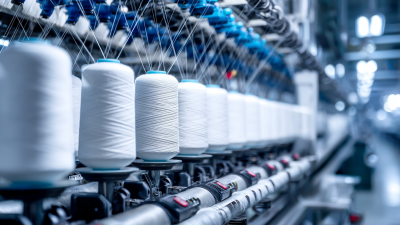
How to Maximize Efficiency with Weft-Insertion Warp Knitting Machines in Textile Production
-

Understanding Biaxial Cloth: An Insight into Its Types and Applications
-
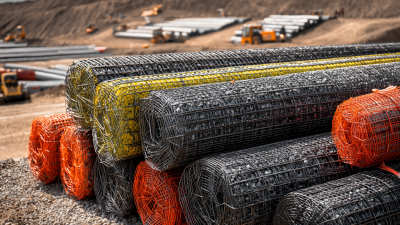
The Ultimate Guide to Understanding Geogrid Material for Construction Success
-
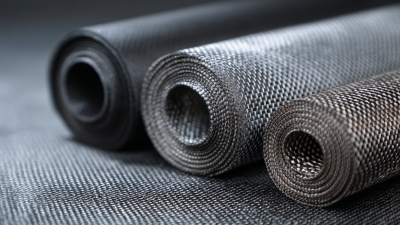
A Comprehensive Guide to Choosing the Right Multiaxial Fabric Cloth for Your Project
-

Challenges Encountered with Glass Fiber Grille in Global Market
-
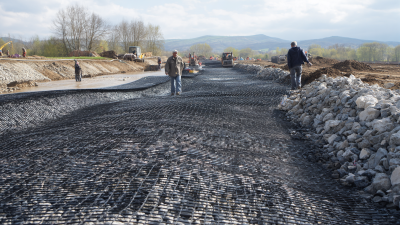
15 Best Polyester Geogrid Insights for Global Buyers


